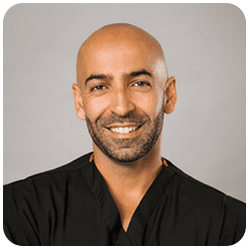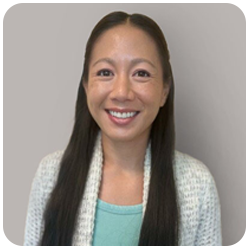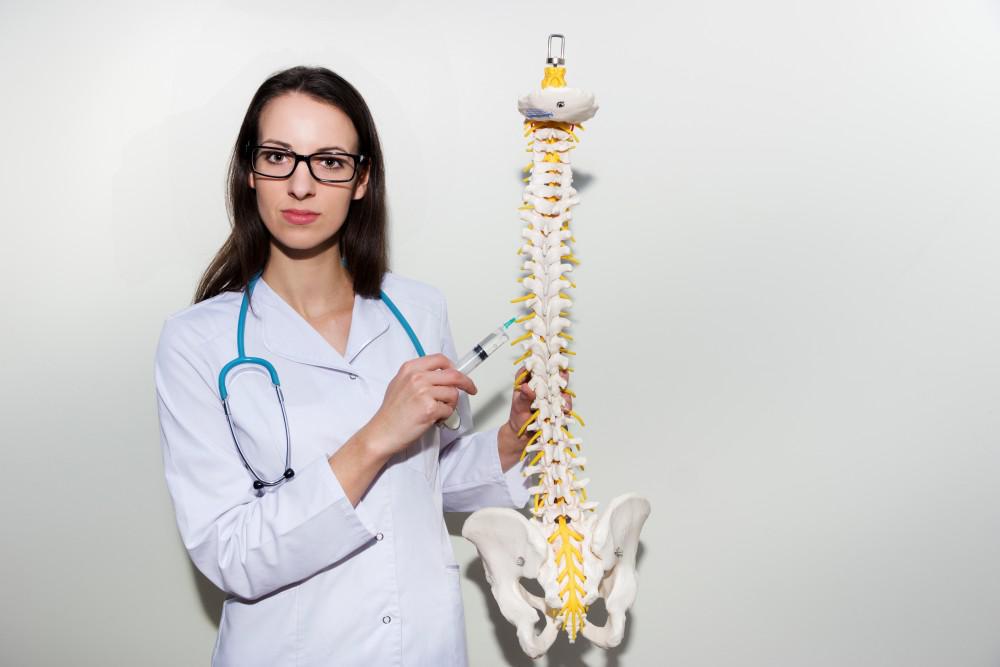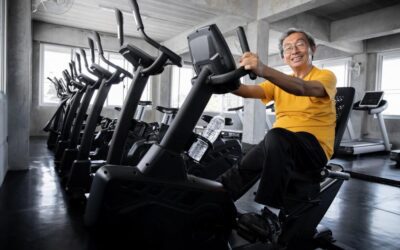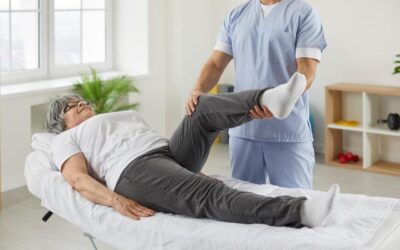Spinal stenosis is a common cause of lower back and neck pain, especially among older people. Yet even though the condition is widespread, many people haven’t heard of spinal stenosis and don’t know what symptoms it can cause.
Without that knowledge, it’s easy to ignore those symptoms, at least initially, and delay getting the care you need to feel better. The bad news: Delaying care can allow stenosis symptoms to get a lot worse, sometimes even resulting in permanent nerve damage.
At Pacific Pain and Regenerative Medicine, with offices in Los Angeles and Irvine, California, Hasan Badday, MD, and our team see many patients with neck and back pain caused by spinal stenosis. In this post, Dr. Badday offers a brief overview of the condition, so you’re equipped with the knowledge you need to seek treatment as early as possible.
How spinal stenosis happens
Your spine is made up of a series of bones or vertebrae. Each bone has an opening in its center. When your vertebrae line up, these openings create your spinal canal — the conduit that carries nerves from your brain to every other part of your body.
Spinal stenosis happens when the spaces inside your spine start to narrow, typically as a result of changes related to aging. This narrowing can happen inside your spinal canal or in the spaces between your vertebrae where nerves exit your spine.
As these spaces narrow, nerves become compressed. Commonly, stenosis affects the two most mobile areas of your spine: your cervical spine (neck) and your lumbar spine (lower back).
Risk factors for spinal stenosis
Age is perhaps the most prominent risk factor associated with spinal stenosis. As you get older, you’re more likely to have spine-related changes like arthritis, bone spurs, degenerative disc disease, or thickened spinal ligaments
Each of these can affect the space between the components of your spine. You’re also at an increased risk if you have:
- A naturally narrow spinal canal
- A previous spinal injury
- A spinal condition, like scoliosis
- A prior spinal surgery, especially one that leaves scar tissue
While spinal stenosis is more common among older people, younger people with any of these problems can develop stenosis too.
Spinal stenosis symptoms
Spinal stenosis symptoms can vary depending on what part of your spine is affected and the severity of the condition. Some relatively common symptoms include:
- Sharp pain or dull aching in your back or neck
- Pain or numbness that radiates into your legs or arms
- Difficulty with walking and balance
- Loss of bladder or bowel control in extreme cases
If you have lumbar stenosis, you may find your back pain is alleviated when you sit and lean forward, a position that helps open your spinal canal and relieve pressure on your nerves.
Treating spinal stenosis
While you can’t cure spinal stenosis, you can manage its symptoms. Dr. Badday is skilled in multiple techniques aimed at relieving nerve compression and the painful symptoms it causes.
Depending on the extent and severity of your stenosis, Dr. Badday may recommend one or more of the following treatment options to help you feel better:
- Physical therapy
- Activity modification
- Oral medications
- Injections to reduce inflammation and pain
- Radiofrequency treatment to block nerve signals
- Spinal cord stimulation
- Sacral nerve root stimulation
- Pain pump implants
When these conservative options don’t offer adequate relief of your symptoms, Dr. Badday may recommend a surgical procedure to relieve nerve compression.
Even if your symptoms are mild, ignoring spinal stenosis can eventually lead to a far more serious medical problem. Prompt treatment is essential for preventing permanent nerve damage and the disability it can cause.
To learn more about spinal stenosis and how we can help you manage your symptoms, book an appointment online or over the phone with Dr. Badday and our team at Pacific Pain and Regenerative Medicine today.

